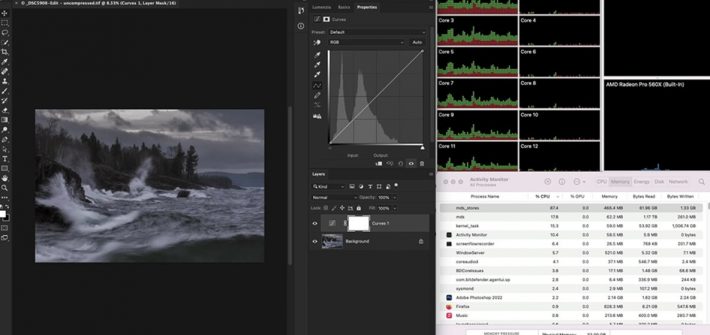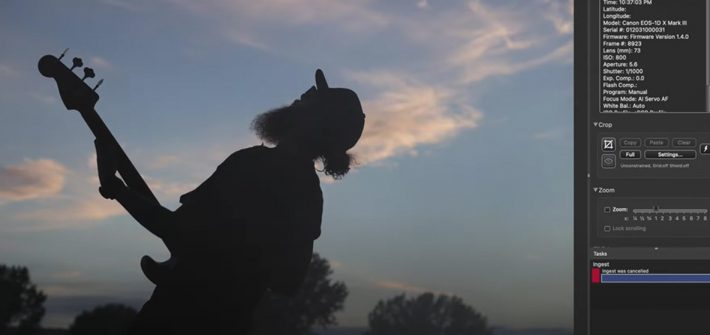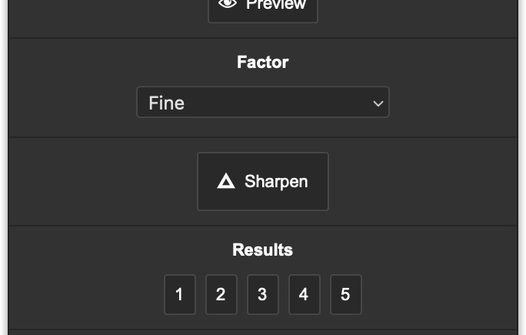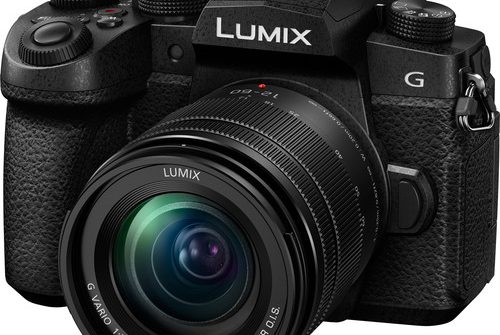One of the best and most complete solutions to post-processing is somewhat of a well-kept secret. Zoner Photo Studio X is growing in popularity and it’s easy to see why.
![]()

One of the best and most complete solutions to post-processing is somewhat of a well-kept secret. Zoner Photo Studio X is growing in popularity and it’s easy to see why.
![]()

It is no secret that both Lightroom and Photoshop can be resources hogs that do not run particularly quickly, though in fairness, they are also pushing around and manipulating a lot of data. Between your CPU, GPU, RAM, drives, and more, there are a lot of places where an upgrade could possibly speed things up, but of course, you do not want to waste your money. So, what components should you upgrade first? This helpful video will show you some useful tests to help you figure it out.

Depending on what genre you shoot in, you can often come home with literally thousands of images from a shoot, and culling them can be a tremendously tedious and annoying process. While you can cull in Lightroom, it is not always the fastest, particularly when it comes to rendering previews. Photo Mechanic is built with one purpose: to make culling large image sets and adding necessary info as efficient as possible. This excellent video tutorial will show you everything you need to get the most out of it.
![]()

For astrophotographers who use Photoshop, here’s some interesting and some good news. A just-released plug-in called APF-R (Absolute Point of Focus) can do wonders for your images. Astrophotographer Christoph Kaltseis has developed APF-R in order to achieve high-resolution, ultra-sharp images that still look natural. As astro-imagers know, trying to sharpen point sources like stars can result in ugly halos and other unwanted artifacts.
![]()

Back in film days, you loaded up a 24 or 36 exposure film and shot away until it was used up. Frames were precious because when your film was gone, it was all over. Digital removed that barrier, which has just created different problems. So, should you delete photos and, if you do, when should you stop?
![]()